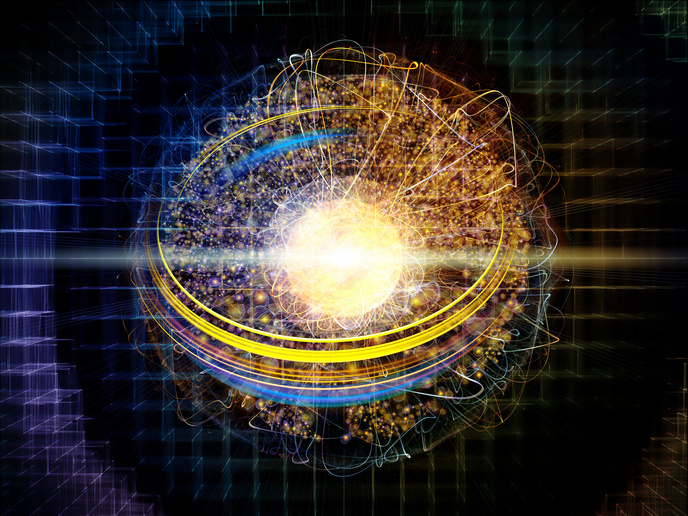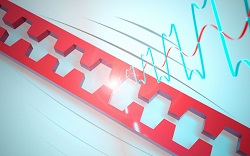X-rays get 100 femtosecond boost
The FAMTO project addressed the dual challenges of improved performance, in terms of time resolution, and insufficient access to infrastructures, like large-scale laser facilities, synchrotrons and X-ray sources. The solution takes the form of an X-ray research workstation capable of sub-picosecond (ps) X-ray time resolution. The technology developed by the project will provide an alternative to the demand for limited beam line availability driven by multidisciplinary research and new applications. The X-ray workstation is capable of diffraction experiments with a time resolution of 100 femtoseconds (fs), where a femtosecond is one millionth of a nanosecond. The ultra-fast workstation includes a powerful (ten megajoules - 10mJ) and fast (50fs with 1kHz repetition) laser and an X-ray source also running at 1kHz. The X-rays produced are focused by a toroïdal crystal onto a sample held on a X-ray diffractometer. A standard X-ray tube can then be used for testing, conventional measurements and to set up the orientation using a Saphire II detector. Once set up, the sample can be subjected to visible pump-X-ray probe experiments using the ultra-fast X-ray source and a Princeton photon-counting X-ray detector. The detector arm can be moved throughout 180° to enable diffraction experiments in any crystallographic direction, and using Bragg and Laue geometry. The project team emphasises the need for further resources and European support to further develop the prototype. The development has great potential for better performance to enable experiments at higher speeds.






